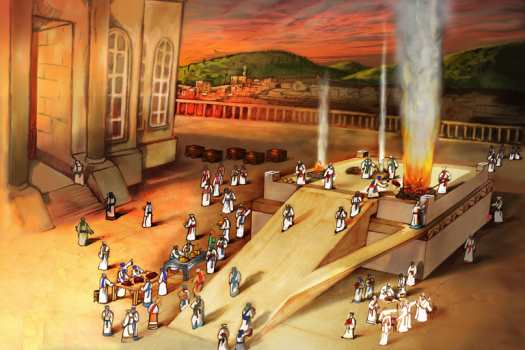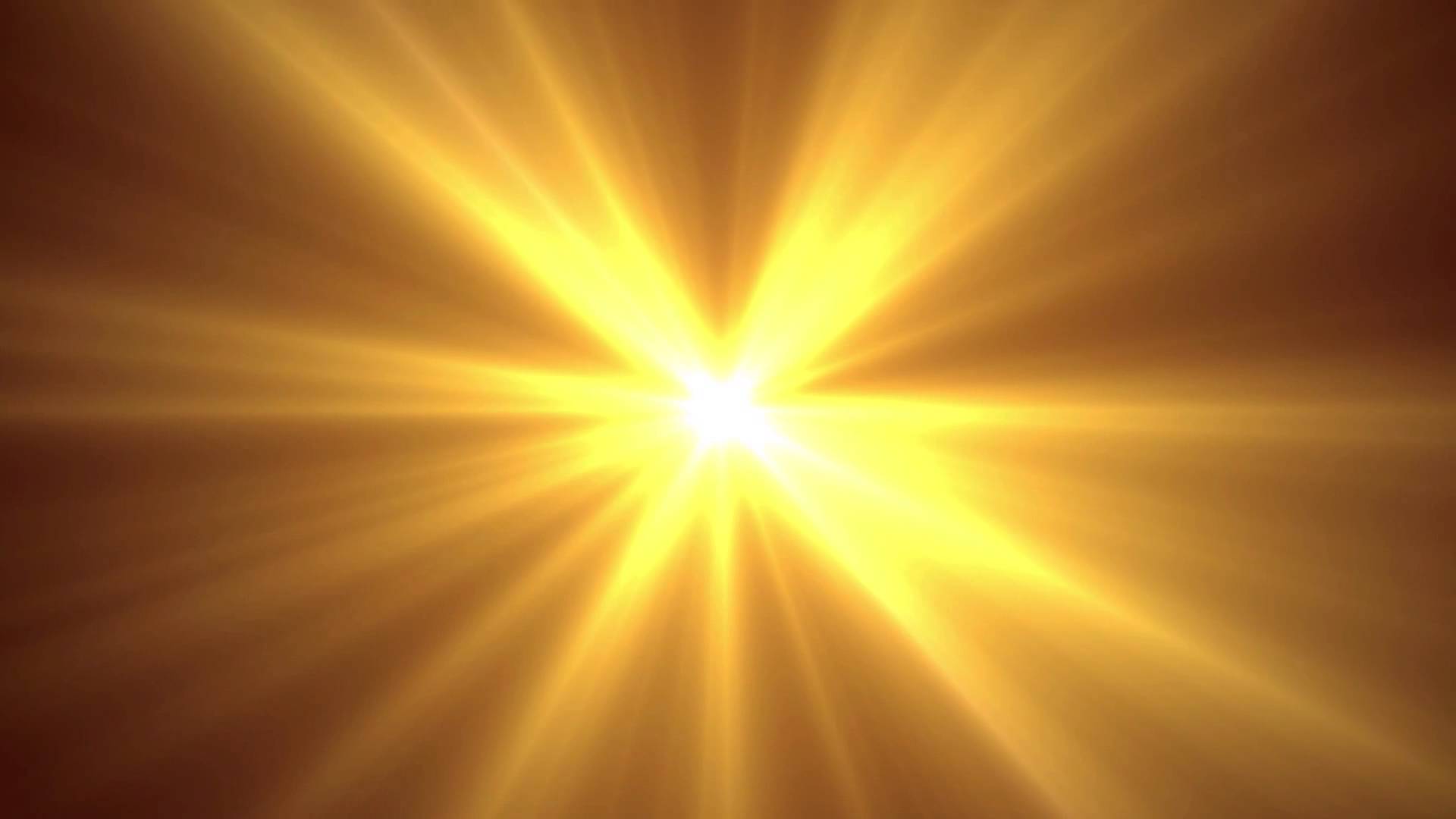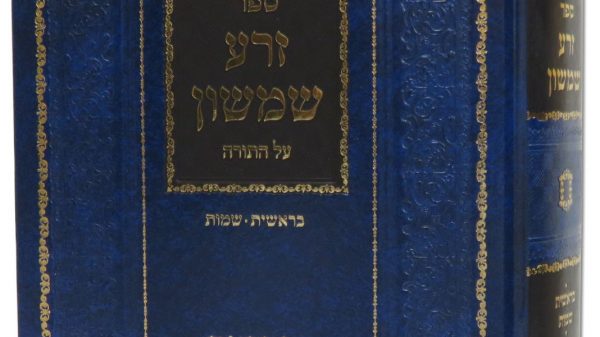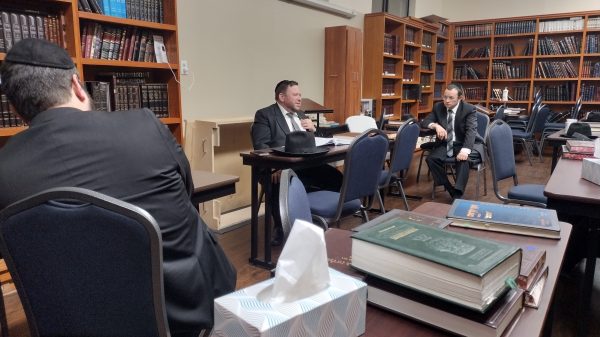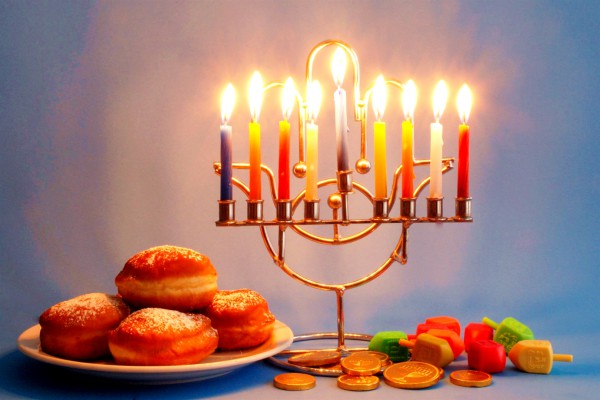Click here to download PDF
Our timing is off?
It’s ironic that just as we finish reading Sefer Shmos, the book of Yetzias Mitzrayim, in comes the month of Nissan and the holiday of Pesach. One would think that we should have arranged the annual cycle so that we would read the parshas of Shmos during the month of Nissan! However, as the month of Nisan commences, we start Sefer Vayikra which is about Korbonos in general and sin offerings in particular. This seems very ‘out of step’! We are ‘leining’ about the response to the failure of sin, just when we are celebrating spiritual and national success.
Dayeinu
On Seder night, we say the “Dayeinu” going from greater kindness to further greater kindness that Hashem did for us both physically and spiritually. The final and highest level is, “Hashem built the Temple to give us atonement for all of our sins”. One would think that Hashem built us the temple in order to have His Divine presence dwell amongst us! After all, Hashem doesn’t want us to sin and need atonement. Why is the emphasis on atonement and why on Seder night?
The “Good Light”
The Midrash Rabbah in Parshas Bereishis expounds on the pesukim of the creation of light. It sets up the five times light is mentioned as parallel to the five books of the Chumash: “Let there be light”, alludes to the book of Bereishis; “and there was light”, alludes to the book of Shmos because then the Jewish people emerged from darkness (of slavery) to light (of redemption); “and Hashem saw that the light was good”, refers to the book of Vayikra because it has many halachos (of the sacrifices etc.). Why does “seeing the light is good” refer to the book of Vayikra? More fundamentally, what does it mean, “Hashem saw that the light was good”? Hashem is perfect; whatever He does is perfect, and he knows the future before it happens, so of course he would know ahead of time that “the light would be good”! Both Rashi and the Ramban address this issue. Rashi feels that there is no way to explain the pasuk other than saying that this refers to a very special light that is currently hidden and reserved for the tzadikim in the next world. According to Rashi, it means to say that Hashem decided that this light is too good to be shared with the wicked, and the world in its current state, and separated it for the righteous in the future. The Ramban posits that creation is done in two steps: bringing it forth to begin with and then there is instilling it with permanence. That is the meaning of “Hashem saw that it is good” throughout creation, giving it continuity and permanence.
Achieving Permanence
With the approach of the Ramban, we get an initial glimpse into the nature of safer Vayikra and why it is apropos to read it as we commence with the month of Nissan. As mentioned before, the book of Shmos is parallel to the emergence of light. Just as light emerged from darkness, the Jewish people emerged from the darkness of their slavery to the light of redemption. That was their initial coming into being as a nation, all good for the first year freedom. However, what is the guarantee for this to be continuous and permanent? What if the Jewish people sin and lose the Merit to be Hashem’s chosen nation? What is needed from ‘year two’ and onwards is guarantees for permanence. What guarantees the Jews’ position as Hashem’s chosen? They can always get atonement! This is what makes Vayikra parallel to “seeing that the light is good”. Just like the action of “seeing the light is good” instilled the light with endurance and permanence, so also Hashem giving us the sacrificial order of the book of Vayikra is what instills in us permanence and eternality. This is the theme of Pesach ever since the original Pesach at the time that we left Egypt. The very first Pesach was our national birth and every subsequent Pesach is to celebrate that the redemption from Mitzrayim is eternal and will never cease! What is the guarantee for that fact? If we ever fall from grace, we can always attain atonement for our sins. What is most special about the Beis HaMikdash is that it actually guarantees our connection with Hashem, because we can always get atonement there. This is what makes the redemption from Mitzrayim permanent and eternal. This is an additional level on top of the initial redemption, and this is what Sefer Vayikra represents and this is what is being celebrated every Pesach, ever since the first one.
Kidush HaChodesh – making emends for the moon
This week we have the supplementary reading of Parshas HaChodesh. It is the Mitzvah to ‘sanctify the new moon’; which means to declare the months and form the Jewish calendar. This is the first Mitzvah we were given as a people, and marks the dawn of our freedom. Why is this the very first Mitzvah, even before the Mitzvah of Korban Pesach? What does this Mitzvah represent? The Gemara in Chullin points out that in the sacrificial order of the musaf of Rosh Chodesh, we are to bring a “chatas l’Hashem”, which can be read literally as “a sin offering for Hashem”. The Gemara says that it is to be read that way: Hashem says “bring a “Kaparah” (atonement) for me for having mitigated the moon (and having made it smaller than the sun, which is the reason why it’s dark at night)”. What does this mean? How can Hashem need atonement, since whatever He does is true and just?
“Kaparah”
The Hebrew word for atonement – “Kaparah” – literally means to wash away (Rashi, Bereishis 32:21). There is a fundamental difference between Kapara – atonement versus forgiveness which in Hebrew is “Selicha” or “Mechila”. Forgiveness is that the crime is done, and on record, but I forgive you for it. “Kapara” (atonement) is much greater, it is to ‘wash away’ the wrong doing. “Kaparah” is about actually ‘putting thigs right’ and repairing what was done wrong. The mitigation of the moon was no crime. The moon complained: “two kings cannot share one crown” and Hashem justly shrank the moon to resolve that problem. However, it’s still a ‘dirtied’ reality, and that ‘dirt’ needs to be washed away. Where is that ‘dirt’? Light represents good and darkness represents evil. The moon not fully illuminating the darkness represents evil not being fully dispelled. Even when the moon is full, as it is at the time of the Jewish holidays that bring ‘light’ into the world, the darkness still reigns. In the future, when “the moon will shine like the sun”, is when there will be no more evil in the world, only the good. What’s ‘wrong’ and ‘dirty’ about the world is that there’s evil in the world, and it has a very firm foothold that takes up half of reality, just like darkness takes up half of time! The light of the moon represents the good that conquers the evil. The ‘smallness’ of the moon is the inability to totally ‘wash away’ evil, and that is what needs ‘cleaning’.
The Jewish People – Cosmic Candles
The mission of the Jewish people is to participate in removing this ‘darkness’ by bringing ‘light’ into the world. What do we do at night when moonlight is insufficient? We use candles! “A candle is a Mitzvah and Torah is light” (Mishlei). The Mitzvos of the Jewish people bring new ‘light’ into the world. This new light is for where the regular (old) natural light of the sun doesn’t shine – to light up the ‘night’- to dispel evil! This is the purpose of all Mitzvos, and that’s why this is the first Mitzvah we got, because it ‘sets the tone’ as to what all Mitzvos do. The Mitzvos, like candles, supplement the moon’s light, to rid the world of the darkness, which is evil itself.
The NEW Moon
Koheles says: “there’s nothing new under the sun”. Sunlight is the natural goodness that Hashem gave the world at the time creation and represents the 50% good on the battlefield between good and evil. The “new light” is the light that ‘chips away’ at the 50% darkness in reality. The light of the moon, like candles, is the ‘new light’ that artificially dispels ‘natural darkness’ and all that it represents. This is why the Jewish/lunar is called “Chodesh”. The root of the word is “Chadash” – New! What is new, that wasn’t already there by creation? The ‘darkness’ that’s converted to ‘light’, which represents the evil that is turned to good. This is the innovation (“Chadash”) the Jewish people bring to the world with their Mitzvos.
Hidden Light, Candle Light, Moon Light
With this we go to back to Rashi. “Hashem saw that the light was good”, refers to this ‘hidden light’. It was too good to be shared with the evil doers and it had to be ‘hidden’. That means that this light is behind darkness. When we do our mitzvos, we “light a candle”. The “candle” (Mitzvos) is actually a revelation of that hidden light. We rid the world of the evil who should not use the ‘hidden light’ and by doing so we make room for this ‘hidden light’ to shine. This room for the ‘hidden light’ to shine is the room for the moon to grow and shine away all evil. This is the goodness we create and are rewarded for! At the end of creation it says: “And Hashem saw all that he made and behold it was very good”. The Midrash says: “good” is the good – “very good” is the bad. “Good” is life – “very good” is death……etc. The message is: “good” was already granted by Hashem, “very good” is what we (The Jewish People) create when we convert the evil into good. The word for “Very” is “Me’od” are the same letters as “Adam” – man. This is the secret that man’s soul is called “The candle of Hashem” (Mishlei). The Jewish souls (candles) with their Mitzvos (candles) make the innovation (“Chadash”) of converting the ‘darkness’ into ‘light’ and thus make a “Good” world – “Very Good”! This chipping away at the darkness makes room for the moon to grow and ultimately shine like the sun, ridding the world of all evil forever!
Progressively New
Yetzias Mitzrayim was a triumph of good over evil. We started the process of washing away the ‘dirt’ from the mitigation of the moon. This was not supposed to be a one-time event. This was the initiation of a process that will continue until the end of time when the moon will shine like the sun! This is the secret behind the saying of Chazal “in every generation a man should view himself as if he himself left Egypt”. The initial Exodus was good for that generation, but come the following year, it has to reach a higher level and then a higher level. Yetzias Mitzrayim is a process of moving towards complete liberation from evil. That’s the power we get from Sefer Vayikra. Sefer Vayikra is parallel to “the light was good” referring to the ‘hidden light’ that is gradually being revealed, and when the process is complete the moon will swell to be as bright as the Sun. The musaf of Rosh Chodesh is called a “Kaparah” for Hashem as it’s washing away the ‘blemish’ in creation, gradually moving creation to perfection. The Torah shared that power with the individual by granting us the power of “Kaparah” with the Korbonos in Sefer Vayikra. We tap into the same cosmic power to wash away all our ‘blemishes’ and to convert our failures into merits. Since Teshuva comes from the cosmic power, Teshuvah not only coverts man’s failures into merits, it converts the whole world! As the Gemara in Yoma says: “great is Teshuva that it brings redemption to the world”…. “Great is Teshuva that it brings healing to the world” etc. The power of “Kaparah” in Sefer Vayikra is the power to wash away ‘blemishes’ of individuals and the cosmos. The ultimate power of the Beis HaMikdash is that it ‘atones’ – meaning to say it accelerates the conversion process of “Darkness” to “Light” which is the secret as to why Baba ben Butta referred to it as “the light of the world”. This is the secret that in the second year when we had to ‘push up’ the “Exodus Process” to another level, we erected the Mishkan in Nissan.
Parshas Vayikra and Parshas HaChodesh represent that Yetzias Mitzrayim is permanent and always progressing to NEW levels until the ultimate all-encompassing Tikun of the “moon will shine like the sun”.
Good Shabbos.

